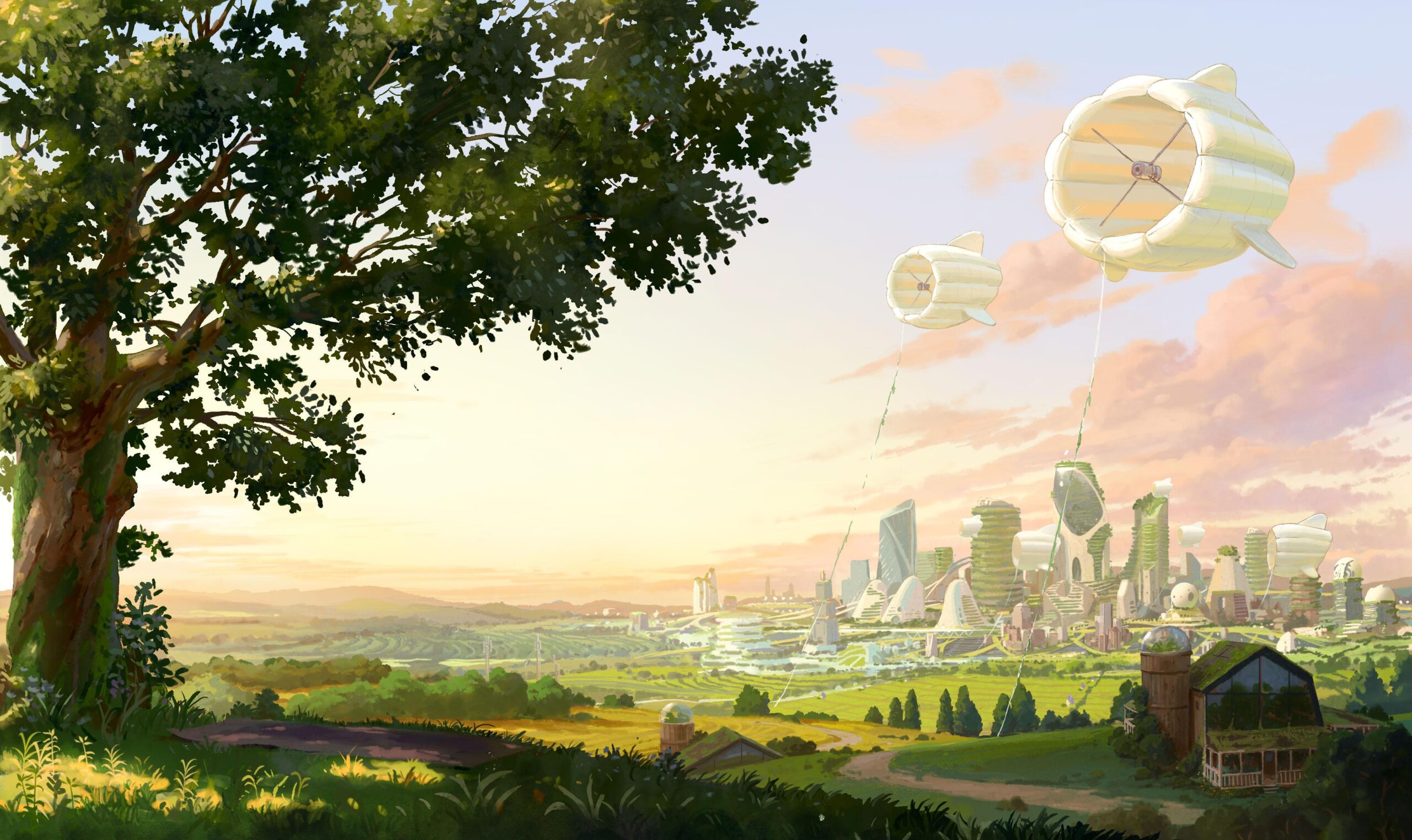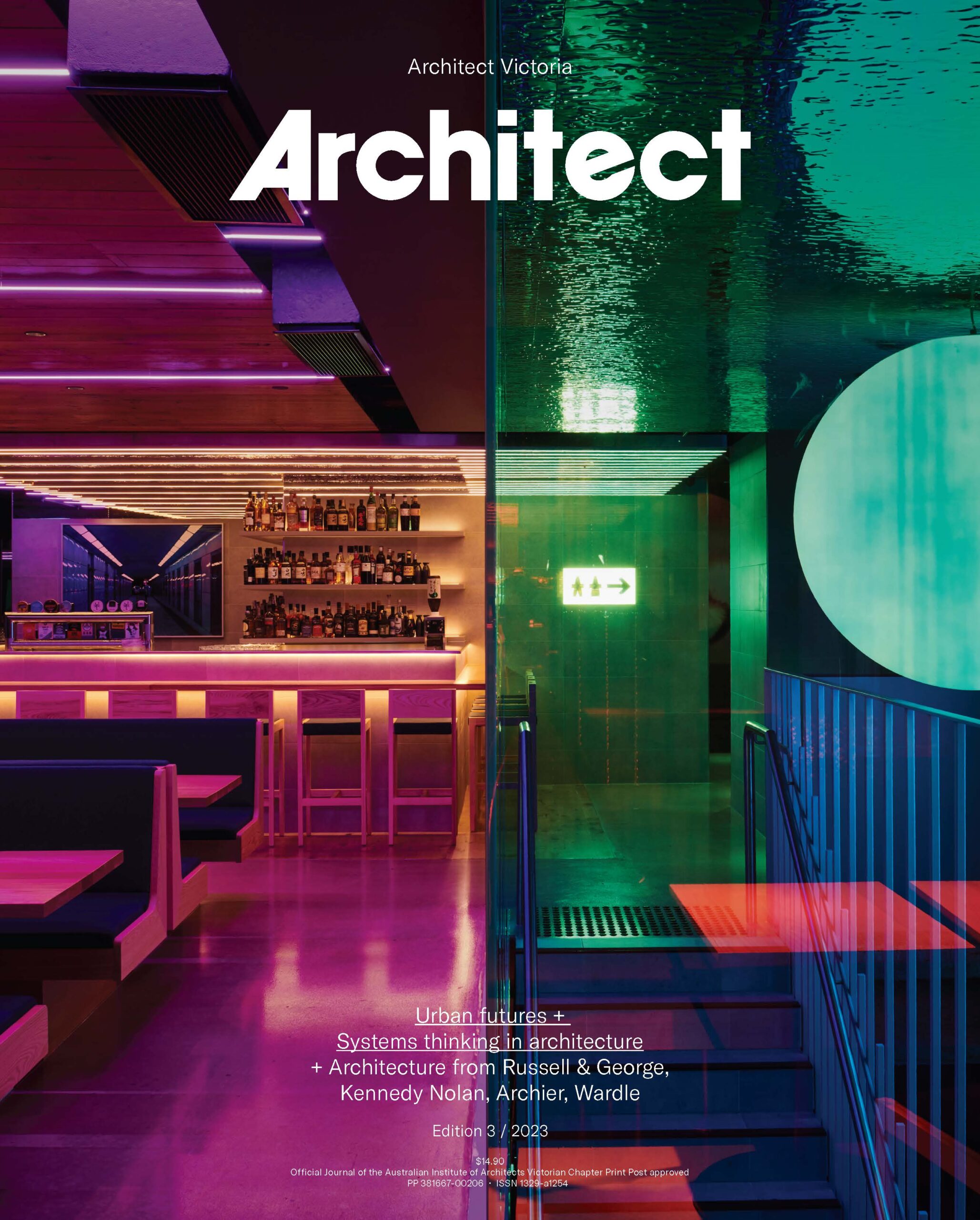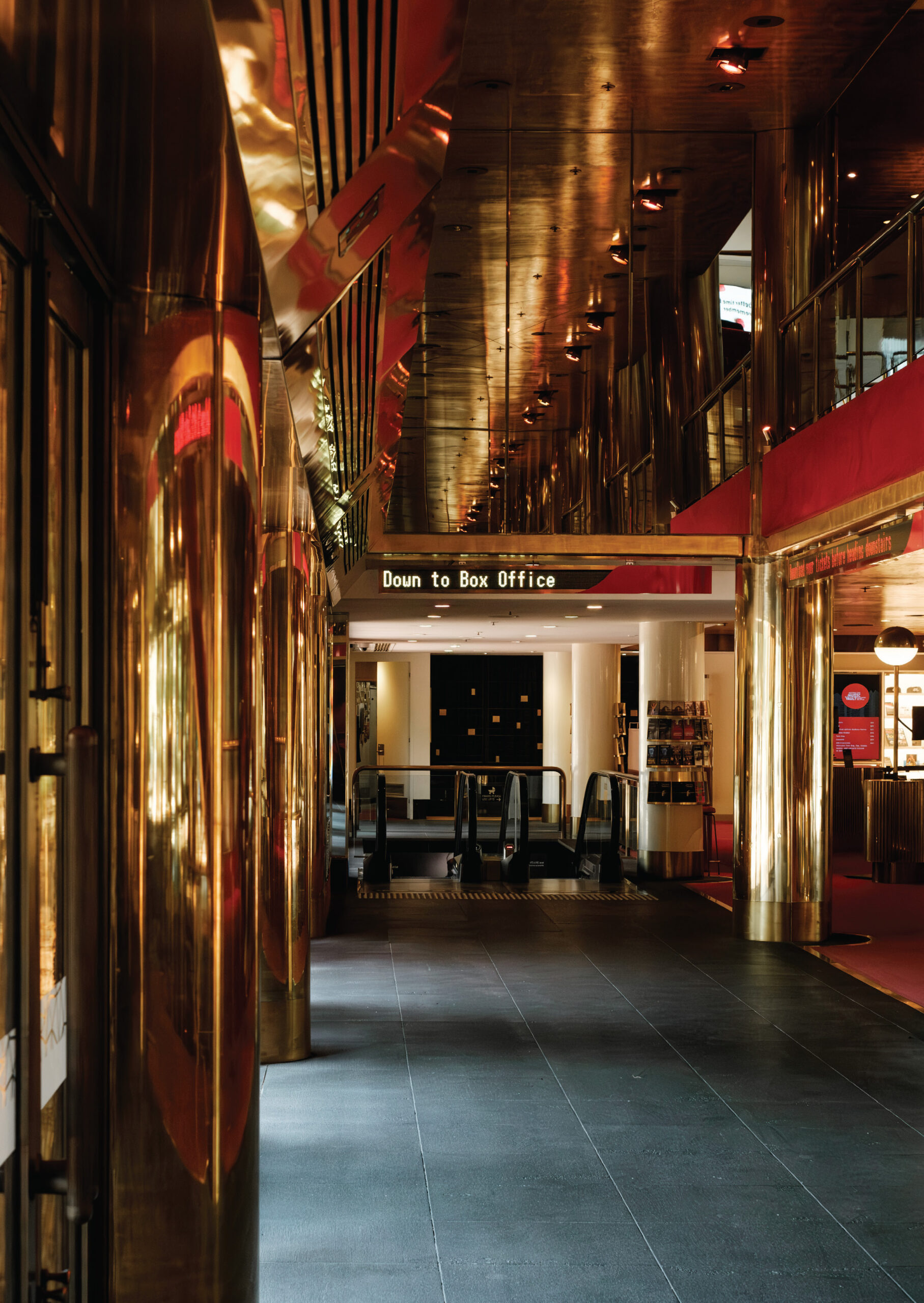Our Solarpunk future

If we do not or cannot envision the future we want, how can we create it? For many of us, it’s all too easy to imagine the terrible, particularly as we witness the damage caused as we edge up towards 1.5°C of global heating today. Additionally, we are relentlessly bombarded by Doomist messages.
We are so good at envisioning nightmares when it comes to imagining the future. Entertaining pop culture and aesthetic movements – like Cyberpunk, Steampunk, and Dieselpunk –which fixate on the apocalypse. Some of my favourite movies growing up, like Mad Max and Blade Runner, tell that story.
But is apocalypse inevitable?
In the months leading up to the United Nations (UN) Climate Change talks in Paris in 2015, the accepted wisdom was that the world was headed to about 5°C warming by the year 2100 if we did not change course. Today, prospects for the future look quite different. Most analyses of our current trajectory of warming, based on the economics of clean energy and the current policy environment, peg our new business-as-usual trajectory at somewhere between 2.4° and 2.7°C of warming by 2100.
Of course, there is a healthy range of uncertainty around any of these projections. But it now looks highly unlikely that we will hit 5°C. That is great news. However, we still have a massive amount of work to do. This new business-as-usual is around twice the level of warming we are already experiencing. The result would be tremendous human suffering and ecological damage. If we are in a race with climate change, then we are still in it, but it is far from over.
One of the biggest reasons we are still in the race is that clean energy has defied all projections, plummeting in price at a rate that virtually no one saw coming. The exponential growth of clean energy deployment has also played a role.
The cause of these cost declines and exponential growth rates in clean energy is almost as exciting as the cost declines and growth themselves: learning by doing. Also known as Swanson’s Law or Wright’s Law, the principle is that as a technology’s deployment doubles, all of the learning and micro-innovations that go into making that deployment happen drives down the cost of that technology by a certain percentage, known as the learning rate. For the past decade, the learning rate of utility-scale solar has been a whopping 36%, meaning that each time global solar deployment has doubled, the cost of solar energy has gone down by more than a third.
This dynamic sets up a beautiful feedback loop. As more solar is deployed, the cost goes down more, which encourages more deployment, which drives cost down further, and so on.
How does Passive House fit into this climate race? The genius of Passive House design is that it recognises that the building itself – its skeleton and skin and how all the building’s components function together as a system – is technology. So, just as in solar and wind and batteries, we can harness the power of learning by doing. Anyone who’s been involved in more than a couple Passive House projects will tell you that learning by doing is real. You will hear anecdote after anecdote about how the first project that you do will be challenging, but the second gets easier (and therefore cheaper), and the third gets easier still, and so on.
In the US, it looks like we are seeing this learning by doing with Passive House on a regional industry-wide scale, too. Data from the Pennsylvania Housing Finance Agency compares construction budgets for 268 proposed multifamily projects over a three-year period: 194 conventional buildings and 74 Passive House buildings. In year one, there was a 5.8% cost premium for the Passive House proposals compared to conventional buildings. By year two that went down to 1.6%. And by year three, there was a 3.3% savings for the proposed Passive House buildings compared to the proposed conventional buildings.
With technologies like Passive House, solar and wind energy, battery storage, and electrification keeping us in the race, it is time to lift up our heads and envision a different future from the apocalypse of Cyberpunk.
Enter the aesthetic and literary movement of Solarpunk. Solarpunk is a response to Cyberpunk. It recognises that if we spend all of our energy imagining apocalypse, then we won’t have any left to envision the future that we actually want to build.
“Solarpunks ask ‘what kind of world will emerge when we finally transition to renewables?’”, says Jennifer Hamilton of the University of Sydney. Solarpunk recognises that we are not making that transition fast enough, but it imagines what we can create when the transition finally happens.
“Solarpunk begins with infrastructure as a form of resistance,” writes Adam Flynn, author of Solarpunk: Notes toward a Manifesto. So, that protected bike lane is a form of resistance. That streetcar is a form of resistance. The high-speed rail linking cities is resistance. That multifamily Passive House building is resistance.
The Solarpunk manifesto starts with this: “We are Solarpunks because optimism has been taken away from us and we are trying to take it back.”
Punk owns outrage. What Solarpunk is doing is keeping that outrage, but reclaiming optimism, recognising that we need both. To create the future we want, we need to hold these two emotions simultaneously.
Solarpunk art explores the coexistence of technology and nature, of cities and re-wilding. You see lots of trees on buildings in Solarpunk art, which raises questions of weight, concrete, energy performance, and embodied carbon. Passive House designers and builders have contributions to make to the conception of Solarpunk architecture.
For me, Passive House already is actively Solarpunk. It is Solarpunk, because Passive House buildings are healthy havens for people, even in the face of climate change. It reduces energy demand, which makes the clean energy transition easier. It also reduces energy load. The superior thermal envelopes allow Passive House buildings to act like a long-term thermal battery, sipping a bit of energy from the grid, and not stressing it. This means that the future clean grid will require fewer clean energy resources to heat and cool our Passive House buildings, which makes the clean energy transition easier, which makes a Solarpunk future possible.
And, perhaps the most Solarpunk thing about Passive House buildings is their passive resilience. These buildings provide survivable shelters even during power outages, heat domes, intense pollution events, and the other disruptions we are likely to face due to climate change.
We know we are in a race with the climate crisis, and we should be outraged by its impacts and the efforts by far too many to slow down climate action solution-making.
But, on the climate solutions side we can accelerate virtuous circles to destroy demand for fossil fuels and put the brakes on climate change. At the heart of many of these virtuous circles is the power of learning by doing, a power that applies to Passive House design and construction. Considering that buildings are responsible for about 40% of energy-related greenhouse gas emissions globally, that is a big deal. We all have a starring role to play in building a Solar punk future. Let’s do it!
Zack Semke is the director of US-based Passive House Accelerator and a member of Al Gore’s Climate Reality Leadership Corps. He works to accelerate the transition to healthy, zero carbon buildings for everyone.




